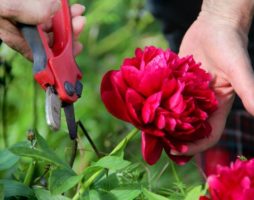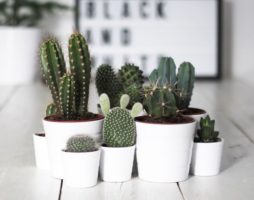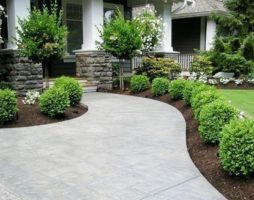One of the most popular coniferous trees among gardeners, along with pine, spruce, juniper, is fir. It looks great both alone and in alleys, on alpine slides, in rockeries. The most popular types and varieties of fir are described below.
balsam fir
It grows in forests in the United States and Canada. Found mixed with other species near water bodies.

Grows up to 15-25 meters. The crown is dense, has the shape of a cone. The bark is smooth, ash-gray in young trees, turning brown with a reddish tint with age. The root system is superficial.
Pros:
- fast growing;
- shade-tolerant;
- winter-hardy;
- easily propagated;
- long-liver (up to 200 years).
Minuses:
- begins to bear fruit in 20-30 years;
- does not tolerate breaking off;
- windbreak;
- sensitive to overheating, dry air.
Application
If you cover the lower branches with humus, they can easily take root. Young trees appear with dark purple cones around the mother. Looks great in gardens, alleys, as well as single plantings.
A dwarf form is very popular among gardeners - the Nana variety. Slow growing, grows up to 1 meter. The crown is rounded, cushion-shaped. The branches are spreading. The needles are shiny, branches are dark green above, white-blue below; thick, 5-10 mm. Cones of a purple hue, decay in a mature tree.
Pros:
- shade-tolerant;
- frost-resistant;
- perfectly tolerates molding;
- undemanding to the soil.
Minuses:
- unsuitable for growing in dry southern climates;
- has a tendency to spring burns;
- does not tolerate waterlogging, compaction and dryness of the soil;
- windbreak;
- lives for about 5 years.
Application
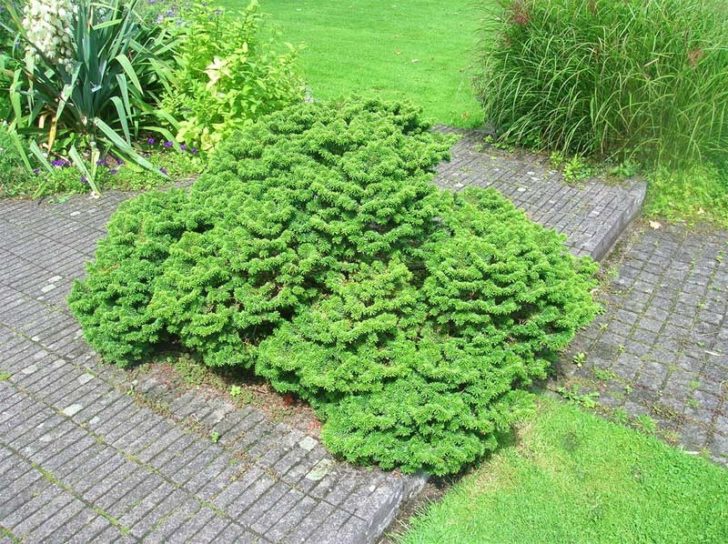
Looks great alone and in groups, suitable for growing on the lawn, in containers, rockeries, alpine compositions. Suitable for landscaping terraces and roofs.
Fir Nordmann
It grows in Turkey (Pontic Range), in the west of the Caucasus, Abkhazia, Armenia. Can grow in pure and mixed forests. Protected in nature reserves. Nordmann fir is a valuable tree species in the Caucasus.
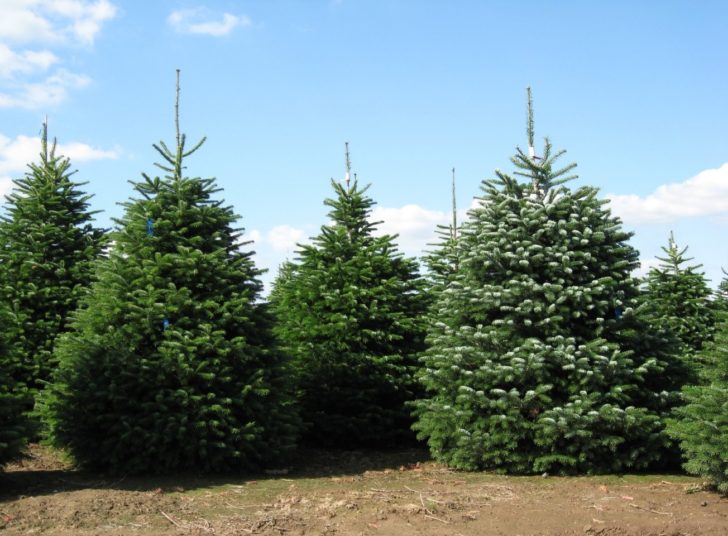
It can reach a height of 60 m. At a young age, the bark is shiny and yellowish, gradually becoming gray. The crown is thick. The needles are dark green above, and below - with white stripes; length - 15-40 mm. A young tree must be kept in partial shade.
Pros:
- shade-tolerant;
- wind resistant;
- fast growing;
- durable (about 500 years);
- can grow on loamy, calcareous soils.
Minuses:
- sensitive to smoke and gas contamination;
- low winter hardiness;
- high demands on air humidity (do not like dryness);
- due to exposure to frost, it loses its decorative effect for a long time;
- does not tolerate dry and wet soils.
Application
Looks good in single, group planting, alleys. Suitable for cultivation in the southern regions of Europe with a humid climate and in a protected place. Used as a Christmas tree.
Vicha Fir
This fir grows in pure stands or in combination with other conifers in the mountainous area of Japan. It is an endemic species.
Grows up to 25-40 m in length. Branches are short and drooping. The crown is narrow, conical in shape. The bark is whitish or light gray. The needles can reach 30 mm in length; underneath has a silver tint.

In young trees, the cones are purple in color, which looks great in garden compositions. With age, they darken, acquiring a brown tint.
Pros:
- winter-hardy;
- photophilous;
- loves fertile soil;
- rapid growth at a young age.
Minuses:
- does not tolerate dry soil;
- needs regular watering;
- sensitive to smoke;
- demanding on the humidity of the climate.
Application
The most decorative type of fir. It is of high value in landscaping. Suitable for southern regions with a predominance of rain in the summer.
White fir
This is one of the most beautiful types of firs. It grows in the USA (southwest) and Mexico on the shady slopes of the mountains. Develops well near the ocean. Grows mainly with other species, rarely forms pure plantations.
Can reach 60 meters. The crown is wide, has the form of a cone. The bark is ash-colored, smooth in young trees, cracked in old trees. The needles are long, matte, bluish-green (50-70 mm).
Pros:
- long-liver (up to 350 years);
- photophilous;
- drought-resistant;
- wind resistant;
- winter-hardy;
- fast growing;
- resistant to smoke, gas resistant;
- can live on different soils;
- decorative even in old age.
Minuses:
- does not tolerate waterlogging.
https://www.youtube.com/watch?v=MgUC-aKnB1s
Application
Serves as a wonderful decoration for gardens. Looks great with a single landing and in a group. Due to its bluish hue, it creates a contrast with deciduous plants in the autumn.
Dwarf fir "Compact" is a breeding variety of one-color fir. The color is silver-blue, the form is a shrub. Annual growth - 2-5 cm. Maximum growth - 40 cm.
Pros:
- frost-resistant;
- photophilous, shade-tolerant;
- disease resistant.
Minuses:
- not resistant to late spring frosts.
Application
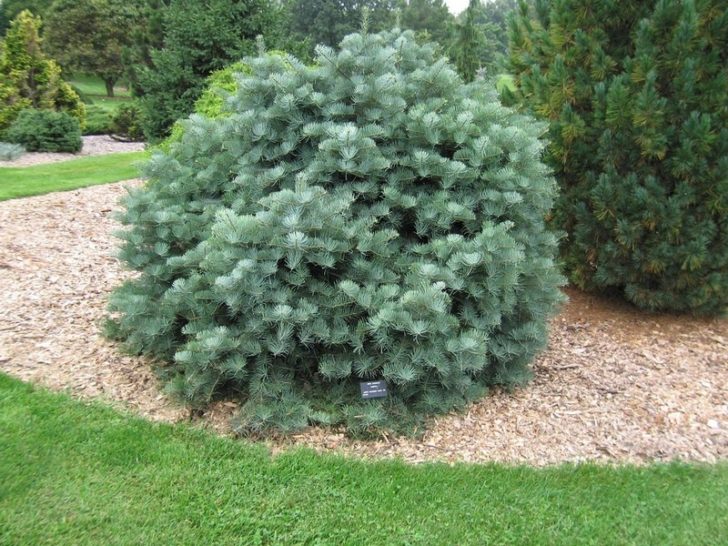
Looks great on an alpine hill, in a stone garden. Can serve as a miniature version of a Christmas tree.
Korean fir
It grows respectively in the mountainous regions of Korea. They can form pure or mixed forests.
Can reach 15 m in length. The crown is wide. The bark of young trees is gray and smooth, while that of old trees is red with a brown tint, with deep cracks. The needles are thick.

The buds are purple and grow profusely.
Pros:
- fructifies profusely in youth;
- winter-hardy;
- undemanding to the soil;
- gas-resistant;
- photophilous.
Minuses:
- slow growth in the first years of life;
- does not tolerate swampiness, drought;
- requires shelter from the cold at a young age.
Application
Used to create gardens, parks. Looks good with a single, group planting, in the alleys.
The variety of decorative firs is very large. You can choose for every taste to compose any garden composition. And with proper care, the selected plant will delight with its appearance.

